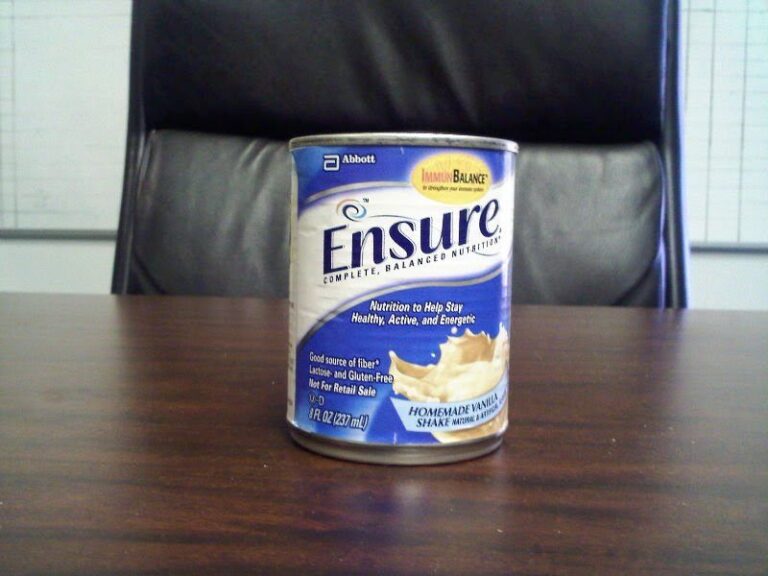Can You Eat Raw Hot Dogs?
When it comes to food, there are always debates and discussions about what is safe to eat and what is not. One topic that often sparks curiosity is whether it is safe to eat hot dogs without cooking them. Can you eat raw hot dogs? This question has been a subject of debate among food enthusiasts and health-conscious individuals. Let’s delve into this topic and explore the facts.
What are hot dogs made of?
To understand whether raw hot dogs are safe to eat, it’s important to know what they are made of. Hot dogs are typically made from a combination of meat, spices, and additives. The meat used can vary, but it is commonly made from beef, pork, or a mixture of both. Spices such as salt, pepper, and garlic are added to enhance the flavor. Additionally, various additives like preservatives, flavor enhancers, and fillers may be included to improve the texture and shelf life of the hot dogs.
The process of making hot dogs involves several steps. First, the meat is ground to a fine consistency. Then, it is mixed with the spices and additives to create a uniform mixture. This mixture is then stuffed into casings, which can be made from natural or synthetic materials. Finally, the hot dogs are cooked to ensure they are safe to eat.
Are hot dogs pre-cooked?
The answer to whether hot dogs are pre-cooked depends on the type of hot dog you are referring to. Many hot dogs are indeed pre-cooked before they are packaged and sold. This pre-cooking process helps eliminate some potential bacteria that may be present in the raw meat. The hot dogs are typically heated to a high temperature, which kills any harmful bacteria and ensures the safety of the product.
However, it is important to note that not all hot dogs are pre-cooked. Some specialty or artisanal hot dogs may be sold raw and require cooking before consumption. These types of hot dogs are often made with high-quality ingredients and are intended to be cooked by the consumer. It is crucial to read the packaging or consult with the manufacturer to determine whether a particular hot dog is pre-cooked or not.
Is it safe to eat raw hot dogs?

While pre-cooked hot dogs are generally safe to eat without further cooking, it is not recommended to consume raw hot dogs that are not specifically labeled as pre-cooked. Raw hot dogs may contain harmful bacteria, such as Salmonella or E. coli, which can cause foodborne illnesses.
Cooking hot dogs thoroughly is the best way to ensure their safety. When hot dogs are cooked, they reach a high enough temperature to kill any bacteria that may be present. This is especially important for individuals with weakened immune systems, pregnant women, young children, and the elderly, as they are more susceptible to foodborne illnesses.
Risks of eating raw hot dogs
When it comes to hot dogs, many people enjoy them grilled, boiled, or even microwaved. But what about eating them raw? Can you eat raw hot dogs? Well, the answer is not as simple as you might think. There are some potential health risks associated with consuming raw hot dogs that you should be aware of.
One of the main concerns with raw hot dogs is the presence of harmful bacteria. Raw hot dogs can contain bacteria like E. coli or Salmonella, which can cause foodborne illnesses. These bacteria can be present in the meat used to make the hot dogs or can be introduced during the manufacturing process.
If you consume raw hot dogs contaminated with these bacteria, you may experience symptoms such as nausea, vomiting, diarrhea, abdominal pain, and fever. In severe cases, these infections can lead to more serious complications, such as dehydration or kidney failure. It’s important to note that these risks are not limited to hot dogs alone, but apply to any raw or undercooked meat product.
How to safely eat hot dogs

The best way to prevent food poisoning from eating hot dogs is to cook them thoroughly before consuming them. Cooking hot dogs until they reach an internal temperature of at least 165 degrees Fahrenheit will kill any bacteria that may be present in the meat.
You can use a food thermometer to check the temperature of the hot dogs, or look for signs of doneness such as:
- The hot dogs are steaming hot throughout
- The juices run clear and not pink
- The meat is firm and not mushy
You can also choose different cooking methods for your hot dogs, such as:
- Grilling: This method gives the hot dogs a smoky flavor and charred marks. You can grill the hot dogs over medium-high heat for about 10 minutes, turning them occasionally to ensure even cooking.
- Boiling: This method is simple and fast. You can boil the hot dogs in water for about 5 minutes, or until they float to the top. You can also add seasonings or spices to the water for extra flavor.
- Microwaving: This method is convenient and quick. You can microwave the hot dogs in a microwave-safe dish with a little water for about 1 minute per hot dog, or until they are hot and plump.
In addition to cooking your hot dogs properly, you should also follow these tips to reduce the risk of food contamination:
- Wash your hands before and after handling raw or cooked hot dogs
- Store raw and cooked hot dogs separately in the refrigerator or freezer
- Use clean utensils and plates for raw and cooked hot dogs
- Discard any leftover or expired hot dogs
Conclusion
In conclusion, eating raw hot dogs is not recommended, as it may expose you to harmful bacteria that can cause food poisoning and serious infections. To enjoy your hot dogs safely, you should cook them thoroughly until they reach an internal temperature of at least 165 degrees Fahrenheit.
You can also try different cooking methods, such as grilling, boiling, or microwaving, to suit your preference and taste. By following proper cooking and storage guidelines, you can minimize the risk of foodborne illnesses and savor your hot dogs without worry.
We hope this blog post has answered your question about whether or not you can eat raw hot dogs. Remember to prioritize your health and follow proper cooking instructions when preparing your food. Stay safe and happy eating!






